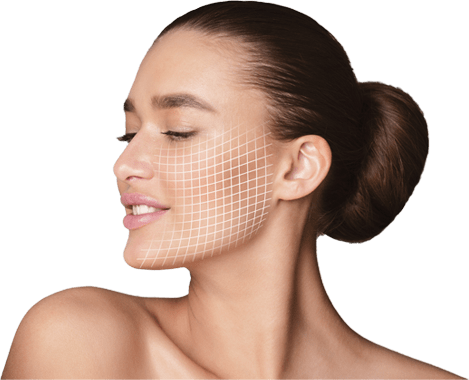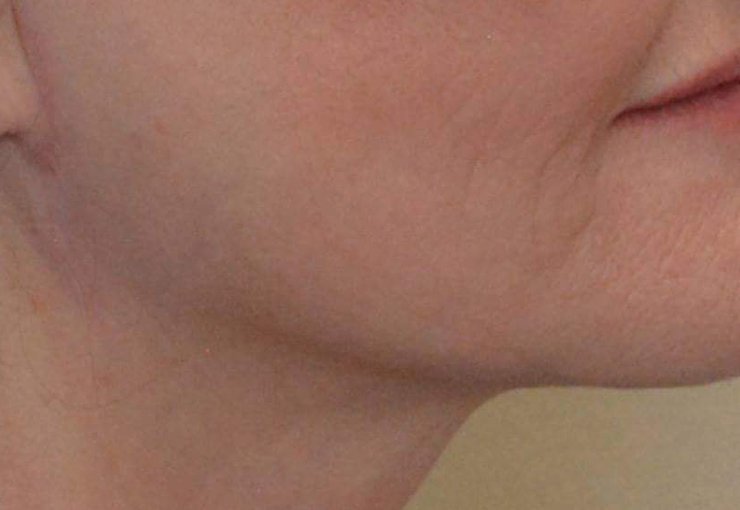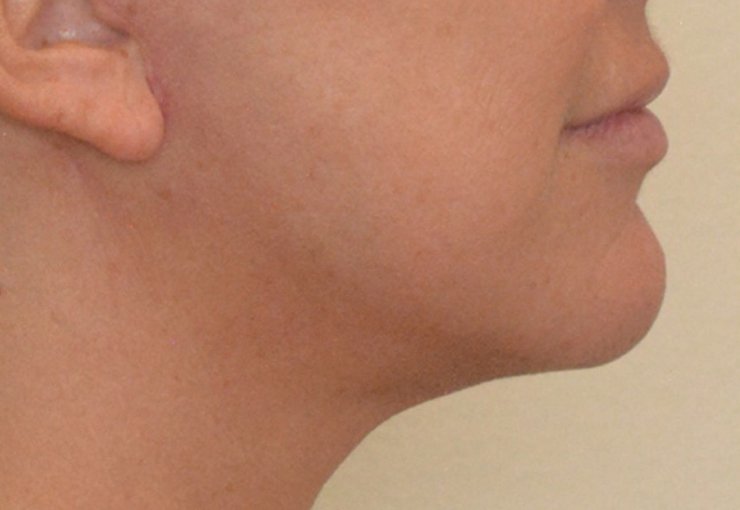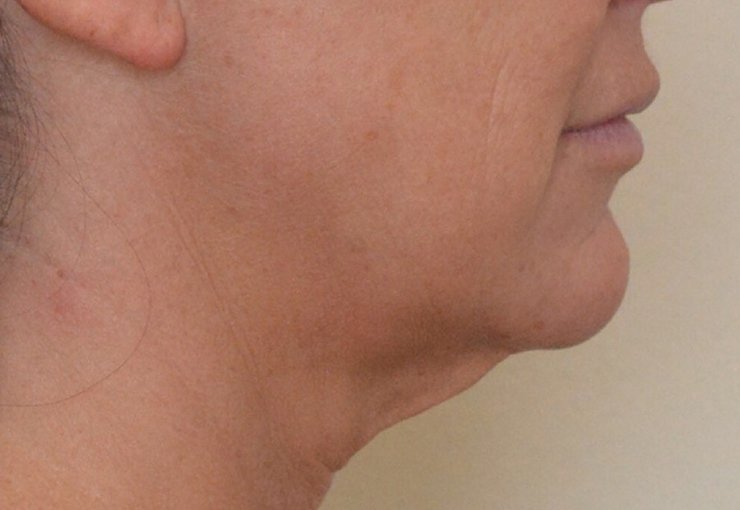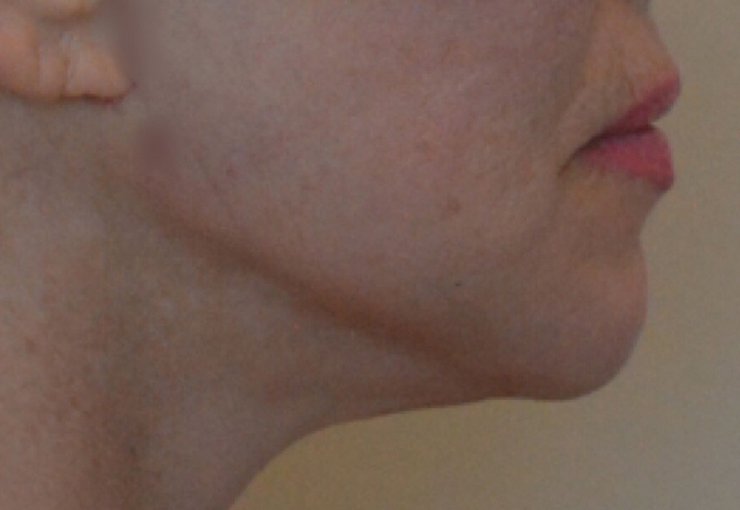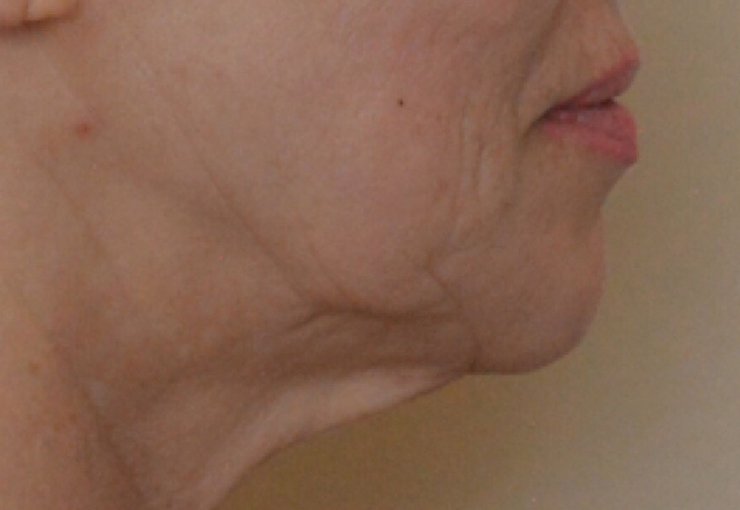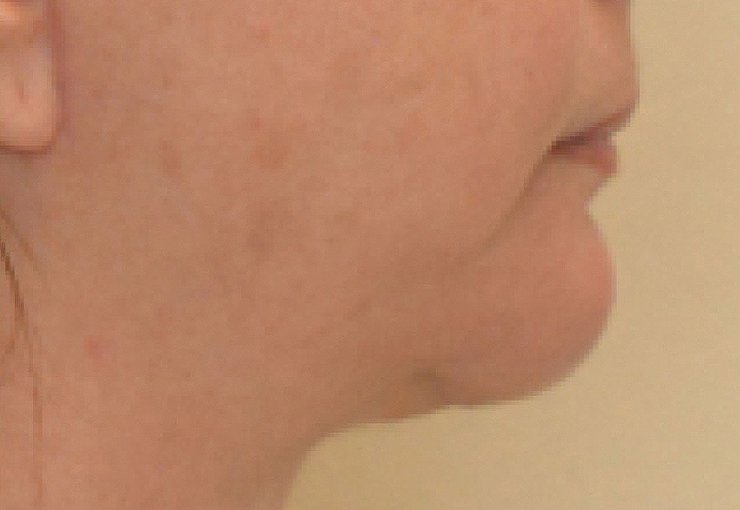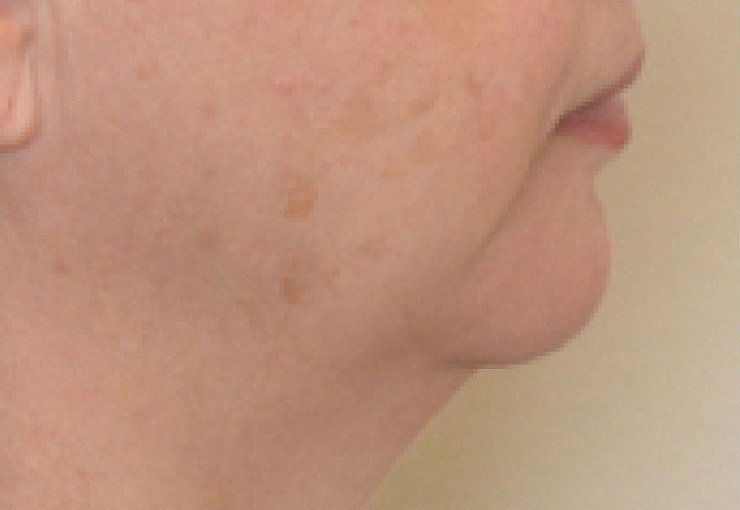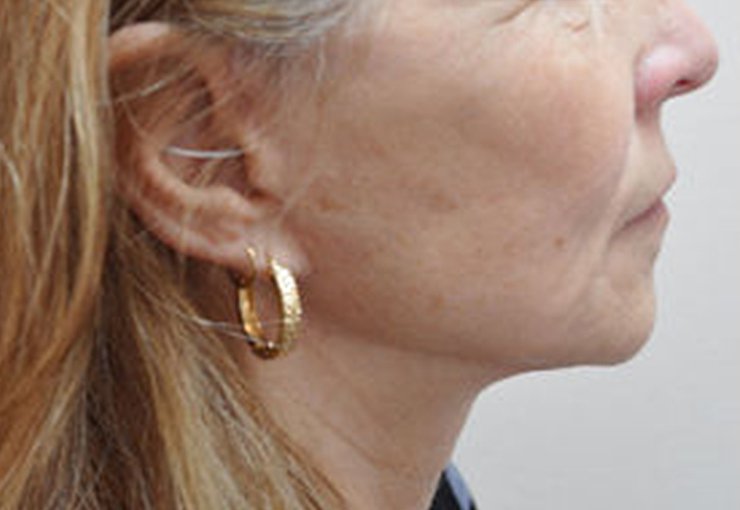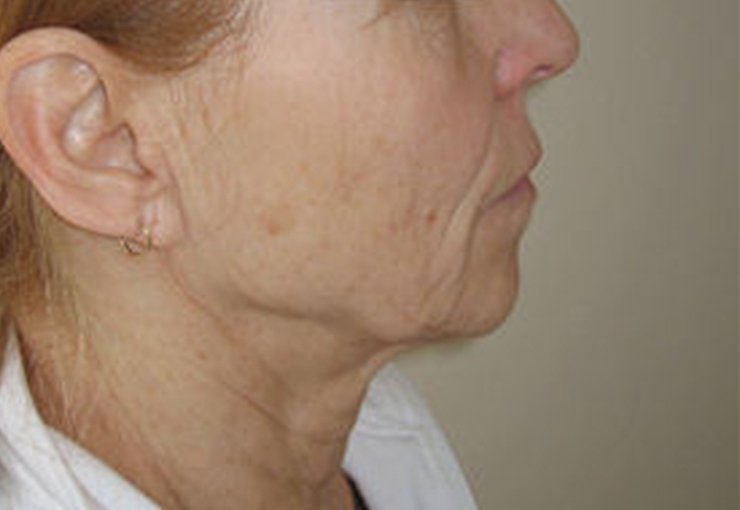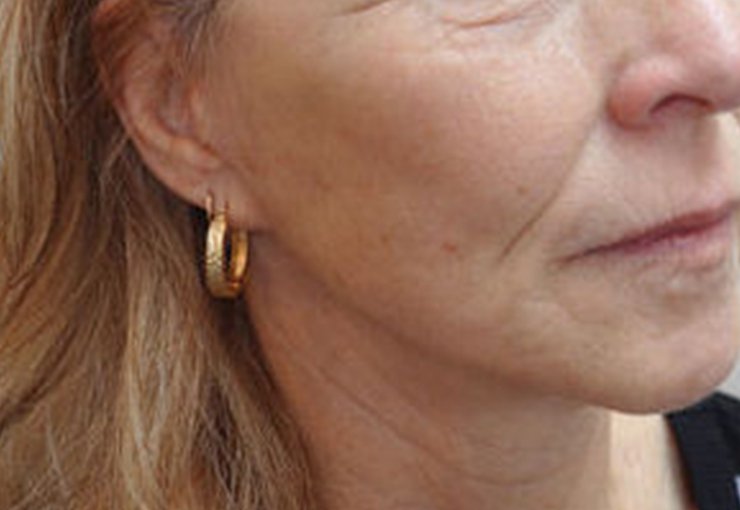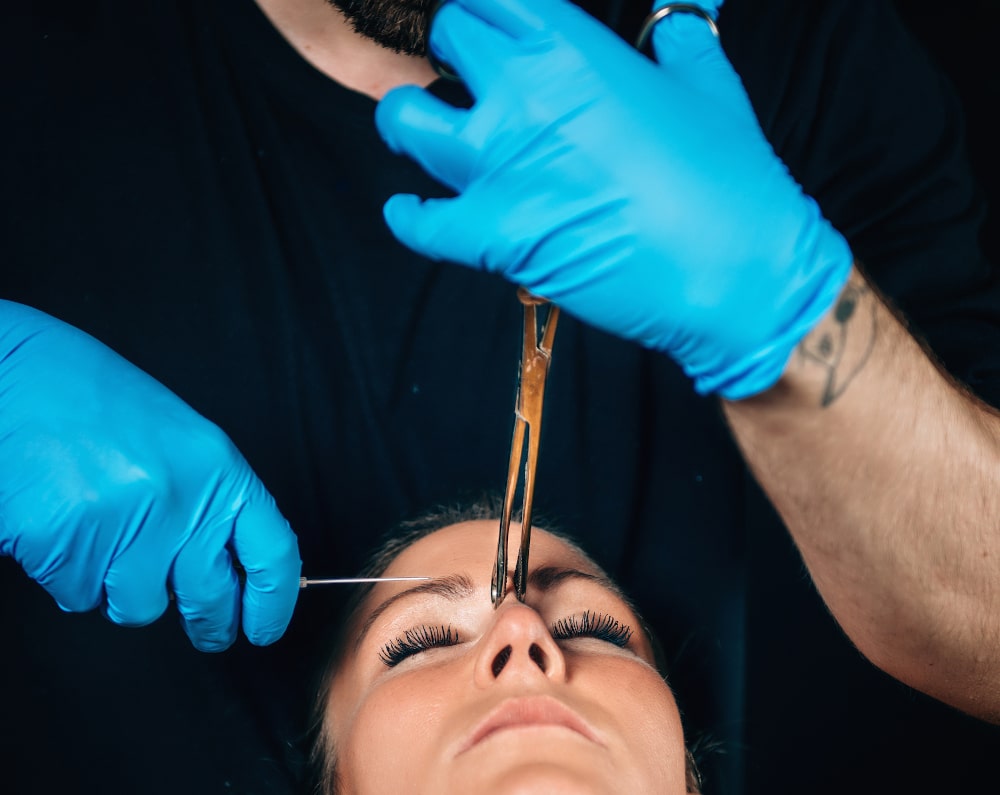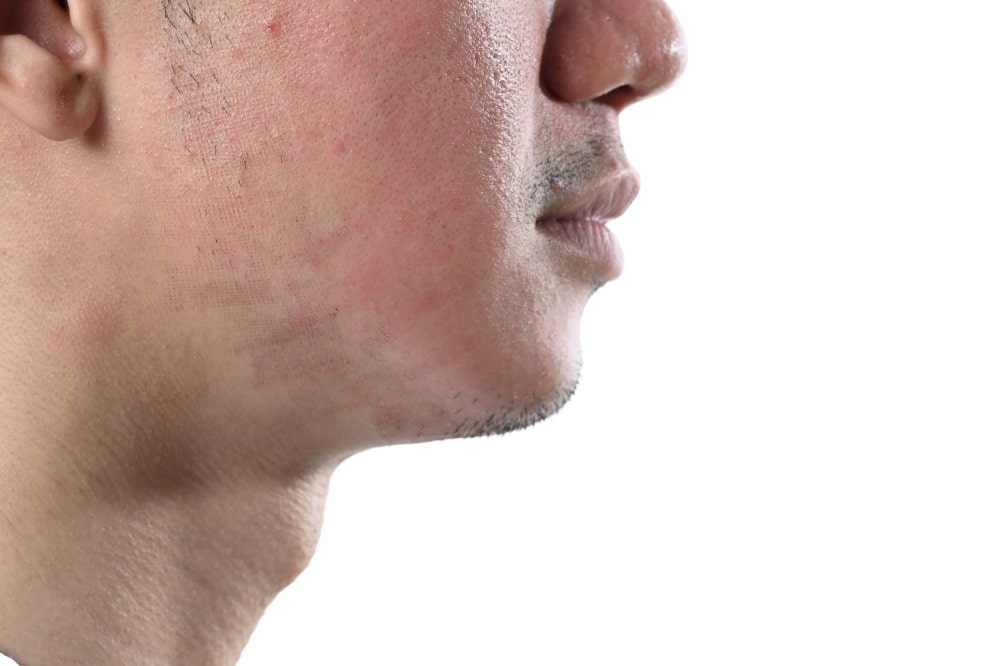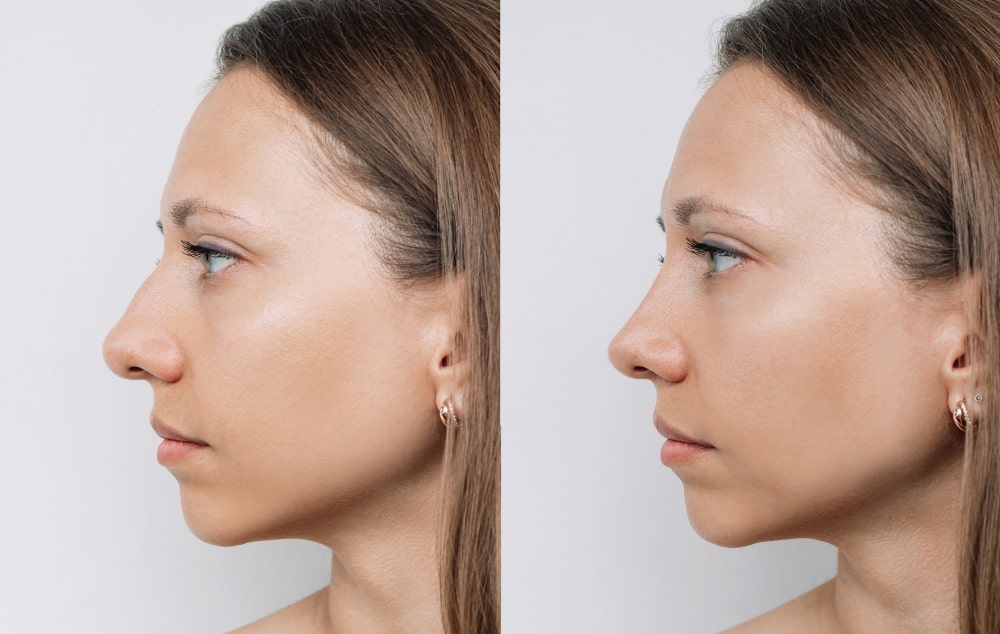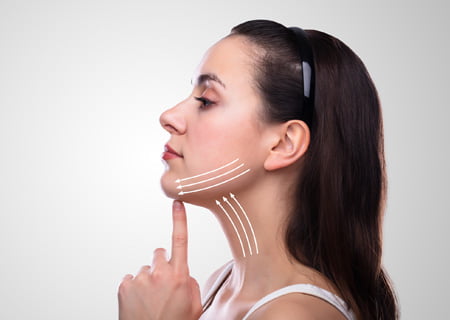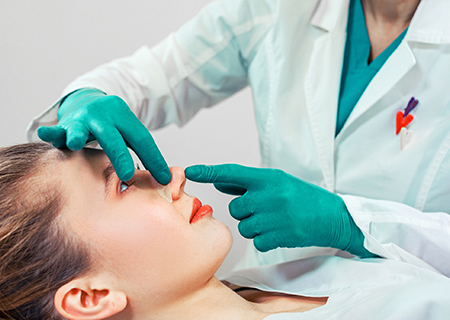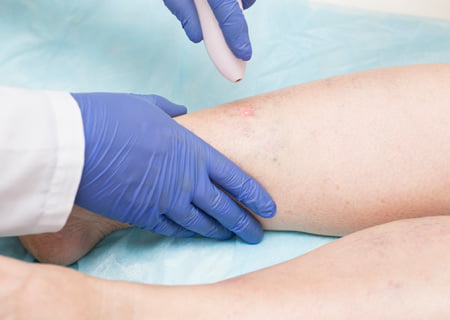For some patients, Dr. Zakhary may determine that cosmetic neck lift surgery is the best way to remove excess skin (wattle or turkey neck) and fat from your neck, as well as to tighten lax muscles. This surgery may be performed in addition to a facelift, or may be the only tightening needed for a younger, smoother-looking neck.
The neck lift involves making an incision under the chin in order to remove any excess fat with liposuction, along with, removing, repositioning and tightening your neck muscles with sutures which hold the repositioned tissues in their proper place to create a natural, more youthful neckline and more defined neck angle.
This surgery takes about 3 to 4 hours and may be performed using general anesthesia in a fully accredited Calgary surgical facility, and its recovery is similar to that of a facelift. Generally, Dr. Zakhary will recommend that you wear a compression bandage for a while to hold your tissues in place and decrease swelling and bruising. You should also plan on taking a least two to three weeks off to recover.

















